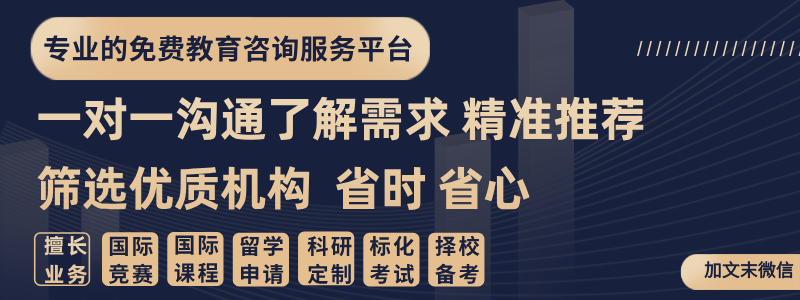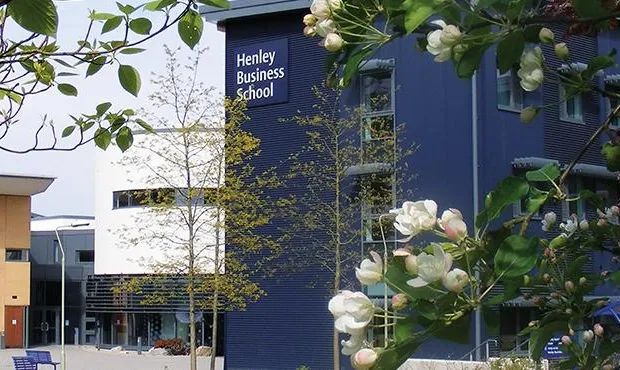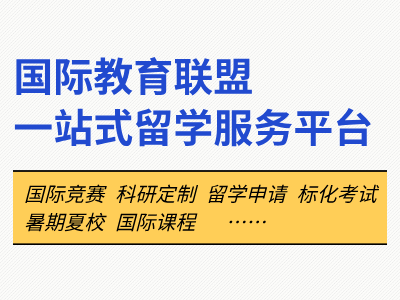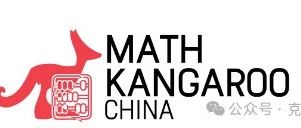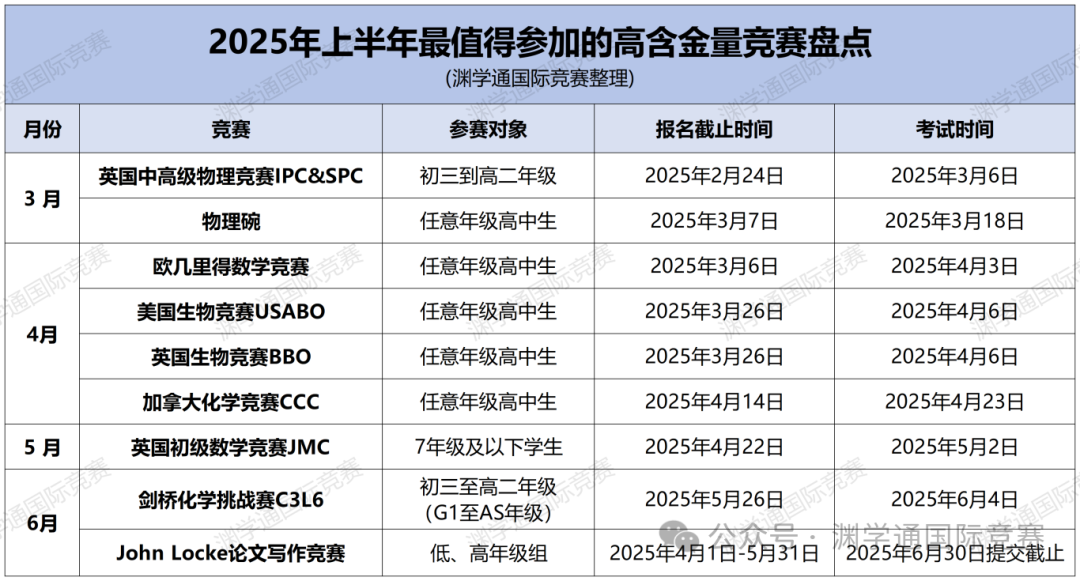大作文预测
考点:公交涨价
本文要点:预测题、考点解析、参考范文
01、题目本尊

现在公共交通价格不断上涨。为什么会发生这种情况?如何解决这个问题?
(https://www.gothamgazette.com/transportation?start=168)
02、考点解析
本题还是两问,和602 雅思写作 11月机考预测 大作文:no longer户外中强调的一样,依然还是两个问题分别作答。
intro+why+ how+ conclusion即可。
本题考点也很简单,是经典的交通话题。
只要看过上述题目,对本题肯定是有话说的。
纸考通用下面针对why、howg两问提供一些素材。
03、参照示范
Part 1: why
段首中心句:The consistent rise in public transport prices can be attributed to various underlying reasons.
以下观点倒也不必全写,写3个左右即可。看自己的篇幅。
1. Rising operational costs运营成本提升
Public transport operators face increasing expenses in fuel, vehicle maintenance, and employee wages. As these operational costs continue to climb, transport providers often transfer the additional financial burden to passengers to keep the services running efficiently.
在燃料、车辆维护和员工工资等方面,公交运营商面临越来越多的支出。由于这些运营成本不断攀升,商家往往将负担转嫁给乘客,以保持服务运行。
2. Infrastructure development投资基建:
Expanding or upgrading transport networks, such as construction of new lines, improved stations, and modernized vehicles, can becostly, and fare hikes often help to fund these long-term improvements.
扩大或升级交通网络,如建设新线路、改进车站和车辆,可能成本很高。涨价有助于为这些项目集资。
3. Environmental sustainabilityinitiatives环保倡议的影响:
In many regions, transport authorities are under pressure to reduce emissions and adopt greener technologies, such as electric buses or energy-efficient trains. These upgrades involve high initial costs that are frequently offset by increased fares.
环境方面,排放压力大,得采用更环保的技术,比如电动公交车或节能列车。这些升级也涉及高昂的初始成本,需要涨价来应对。
4. Reducedfunding政府没钱了(地主家也没有余粮了):
In some places, public transport systems rely less on government subsidies than before, meaning operators must depend more heavily on fare revenue. As government funding decreases, transport providers may be forced to raise prices to maintain services.
在一些地方,公交系统的政府补贴减少,运营商必须依赖涨价来增收。随着政府资金减少,供应商可能被迫涨价。
Part 2: how
段首中心句:To address this issue, a range of solutions could be pursued。
Public-private partnerships and sponsorships支持民营、商业化:
Transport authorities could collaborate with private businesses through sponsorship or advertising deals. These partnerships can generate alternative revenue streams, offsetting operational costs and reducing reliance on passenger fares.
可以与私企合作,拉赞助或广告交易。这可以产生其他收入来源,抵消运营成本,减少对票价的依赖。
2. Implement efficiency and cost-reduction strategies转型增效(数字化等策略):
Transport providers could focus on efficiency measures to cut down expenses. For example, digital ticketing systems, optimized schedules, and energy-efficient practices could help lower costs, lessening the pressure to increase fares.
提高效率,以减少开支。例如,数字票务系统、优化发车和节能措施可以帮助降低成本,减轻票价上涨的压力。
3. Introduce fare caps and targeted discounts设置上限,老客户打折引流:
Implementing fare caps, especially for frequent travelers, students, or low-income passengers, could make public transit more affordable. Additionally, targeted discounts could help ensure that transport remains accessible to all socioeconomic groups, even as prices generally rise.
实施票价上限,特别是针对经常出行的乘客、学生或低收入乘客,可以使公共交通更容易负担。此外,即使价格普遍上涨,有针对性的折扣也有助于确保公交为全民所享。


